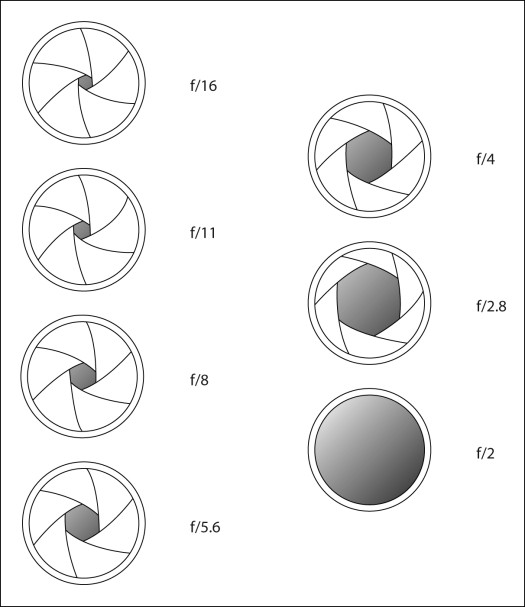When I first started taking my camera off automatic and manually adjusting the settings to take more control of my photography one of the main principles of photography that I struggled with was aperture. In fact, although the more I shoot the more I understand aperture, I have not yet reached the point where it is second nature. I often have to recite to myself “large number, small opening, small number, larger opening.” I’m sure I am not alone in this so I have put together a relatively simple explanation of aperture.
Aperture Defined (Officially)
According to www.merriam-webster.com the definition of aperture is as follows:
ap·er·ture (āp’ər-chər) – noun – a : the opening in a photographic lens that admits the light b : the diameter of the stop in an optical system that determines the diameter of the bundle of rays traversing the instrument
According to www.merriam-webster.com the definition of aperture is as follows:
ap·er·ture (āp’ər-chər) – noun – a : the opening in a photographic lens that admits the light b : the diameter of the stop in an optical system that determines the diameter of the bundle of rays traversing the instrument
Aperture Compared to the Human Eye
That definition is a bit cumbersome, but one of the best comparisons I have found to help understand aperture is to the human eye. The iris of your eye regulates how much light is let in for your brain to decipher what you are seeing. In a dark setting your iris opens up to let more light in. In a bright setting your iris closes down since not as much light is needed to see your surroundings.
The aperture of a camera works in much the same way. Your camera (you) has a lens (your eye) with a diaphragm (your iris) that opens and closes based on the the lighting (either automatically by the camera or manually by the photographer) in order to regulate the amount of light that reached the film or sensor (your brain). Obviously in your camera, unlike in the human eye, there are other factors that work with the aperture to control the exposure such as shutter speed and ISO, but the basics of aperture by itself are much like the eye.
f-stop and the Lens Opening
With the basic definition in mind, there is one significant and often difficult to comprehend, aspect of aperture that you are going to need to understand to master it. That is the f-stop numbers and how they relate to the size of the opening in the diaphragm. As the diagram below shows the larger the f-stop the smaller the diaphragm opening. That means you have to think opposite of what seems “normal.” To let less light in you need a bigger f-stop which results in a smaller opening. To let more light in you need a larger f-stop which results in a bigger opening.
Large f-stop = Small opening
Small f-stop = Large opening
How to Adjust Aperture
Each camera model is going to be a little different. But in general, you have about four options for setting aperture.
- Fully Automatic – the camera determines the optimal settings based on the lighting conditions and sets both the aperture and shutter speed.
- Fully Manual – Usually denoted by an M on the exposure mode dial. You select both the aperture and shutter speed yourself to obtain the exposure you are going after.
- Aperture Priority – Usually denoted by an A or Av on the exposure mode dial. You select the aperture while the camera sets the shutter speed.
- Shutter Priority – Usually denoted by an S or Sv on the exposure mode dial. You select the shutter speed while the camera sets the aperture.
What is Aperture Used For?
Aperture impacts two closely related aspects of your photography, the exposure and depth of field. For the exposure you need to remember that it is dependent on more than just aperture. Shutter speed, film speed (ISO) and aperture play a role in determining a good exposure for an image and the three are closely related.
Aperture + Shutter Speed + ISO = Good Exposure
Aperture also plays a role in depth of field. The more you open up your aperture (the smaller the f-stop number) the more shallow your depth of field will be, i.e. your focal point will be in sharp focus while the foreground and background will blur. Conversely, when you close down your aperture (a larger f-stop number) the depth of field will be greater. Both the subject as well as the foreground and background will be in focus.
As with learning anything in photography, the key to mastering aperture is to experiment with it. Try using the various exposure modes on your camera (other than automatic), bracketing with the aperture, and seeing the effects of using a large aperture and a small aperture on the same subject. In time it will become second nature.






Leave a comment